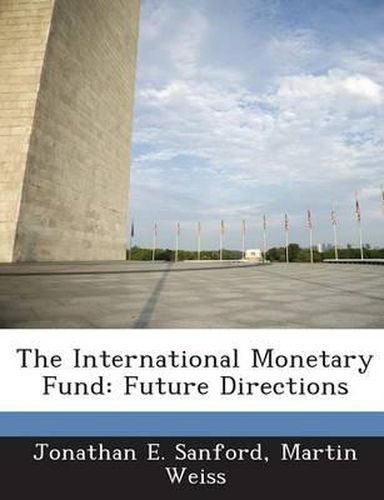Readings Newsletter
Become a Readings Member to make your shopping experience even easier.
Sign in or sign up for free!
You’re not far away from qualifying for FREE standard shipping within Australia
You’ve qualified for FREE standard shipping within Australia
The cart is loading…






The IMF was created in a world of fixed-parity exchange rates, where most currencies were defined in terms of the U.S. dollar and the dollar was defined in terms of gold. Countries could devalue their currencies only if they were faced with in the original language of Article IV, fundamental disequilibrium in their economy and only if the IMF approved. International capital movements were restricted and cumbersome. That world has now largely disappeared. Since the 1970s, the relative value of most major currencies is determined by world currency markets, and the daily volume of international currency movements far surpasses the volume of currency circulating in most major countries. Article IV was amended in 1976 to replace the fixed-parity exchange rate system with new procedures for enhanced surveillance in the new world of flexible exchange rates.
$9.00 standard shipping within Australia
FREE standard shipping within Australia for orders over $100.00
Express & International shipping calculated at checkout
The IMF was created in a world of fixed-parity exchange rates, where most currencies were defined in terms of the U.S. dollar and the dollar was defined in terms of gold. Countries could devalue their currencies only if they were faced with in the original language of Article IV, fundamental disequilibrium in their economy and only if the IMF approved. International capital movements were restricted and cumbersome. That world has now largely disappeared. Since the 1970s, the relative value of most major currencies is determined by world currency markets, and the daily volume of international currency movements far surpasses the volume of currency circulating in most major countries. Article IV was amended in 1976 to replace the fixed-parity exchange rate system with new procedures for enhanced surveillance in the new world of flexible exchange rates.